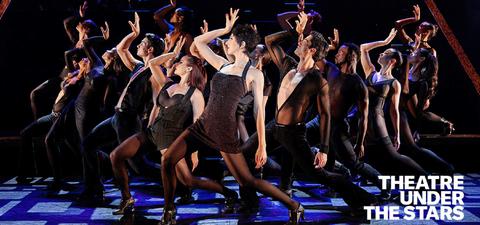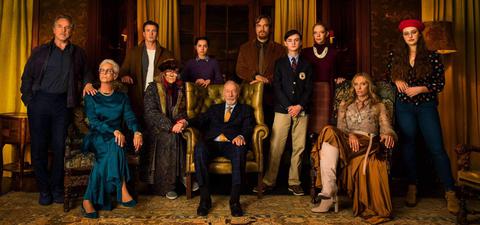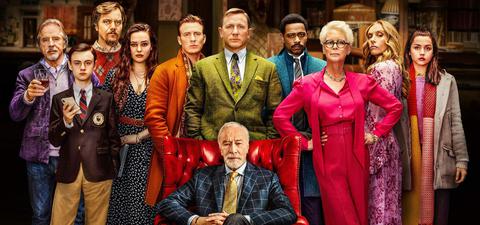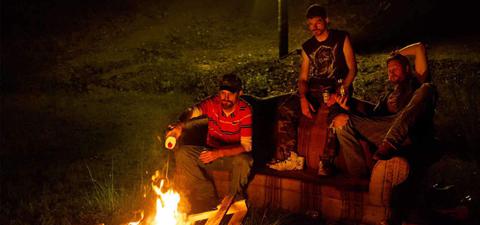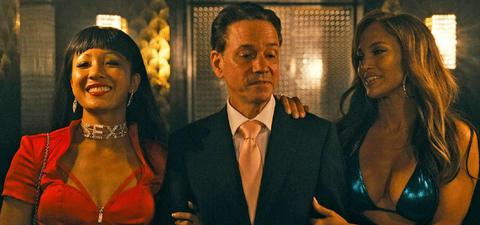The Disappointment of Rough Night
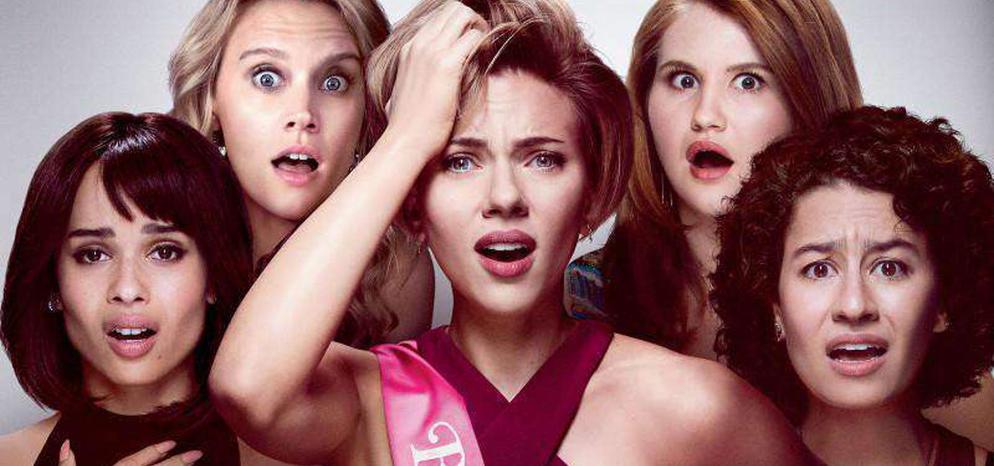
This article contains spoilers for both Rough Night and Very Bad things. If you wish to watch either of these films without bias, you should view them before reading on.
When discussing art, it is important to pay attention to the context it exists in. Art does not exist in a vacuum and good art can create meaning in contrast against similar works. Rough Night is interesting to discuss because of how it compares to its peers and predecessors. It draws on modern comedies, such as Baywatch or The House, to contrast against, and it is directly comparable to Very Bad Things, a comedy from 1998.
Rough Night is about a group of women reuniting for a bachelorette party in Florida. This is their first time meeting in years and a chance to celebrate their friendship. Struggling with adult problems has pulled them apart, and all of them feel it. After cocaine-fueled partying around Miami in the middle of the night, things take a turn. The girls hire a stripper to entertain them as the night winds down, and while having their fun, the stripper tragically dies. This premise is dark, but the film never delivers on that darkness.
While it may turn off some with its subject, the talented actresses made me laugh. Rough Night is funny. For what it’s worth, Rough Night is well-made in that the director made exactly what she wanted. The message in Rough Night should be more important than its quality, though.
The plot of Rough Night uses a common “Man in a Hole” plot. The protagonist of the story starts out wanting something bigger than they have. They fall down a hole and struggle with finding a way to get out. Then, when they get out again, they do so in a way that has them better off than they were before they fell in the hole.
Buddy comedies that use this plot have a pretty good formula to work with. A group of friends getting into a difficult situation is a great lens for looking at friendships. The challenge should highlight the texture of the character relationships. Their crisis should bring out their disagreements and the needs that bring them together… When done well, anyway.
One of the ways that subpar films sabotage this classic plot is by messing with the core event. These stories hinge on the predicament the characters get into. Writers will sometimes try to make their story edgier by contriving extreme predicaments. These extreme events get harder to resolve believably and often become the focus of the film.
This undermines the core purpose of the film: the friendships. Additionally, it also breaks suspension of disbelief for the viewer. You end up with ridiculous endings, like kidnappings resolved with heartfelt speeches. These over-the-top plot devices are a real problem, and they’re rampant in the comedy genre.
Many modern comedies do attempt to address this problem, though. In last year’s Keanu, the protagonists are given a more realistic ending even though they’re the good guys. This year’s Baywatch tries to deal with this problem by pointing out flaws in its own plot throughout the film. It’s a positive trend in modern comedies to acknowledge their silliness.
Decades ahead of its time, Very Bad Things addressed the problem of increasingly absurd comedic plots in 1998. Very Bad Things is about a group of men preparing for a bachelor party in Nevada. They’ve grown apart emotionally even though they see each other frequently and they use the party as a chance to celebrate their friendship. After cocaine-fueled partying around Las Vegas in the middle of the night, things take a turn. The guys hire a stripper to entertain them as the night winds down, and while having their fun, the stripper tragically dies.
Now, this should sound familiar. The beginning of the story for Very Bad Things is nearly identical to that of Rough Night. They both try to imagine the most extreme possible crisis for their protagonists. However, in a time where many comedies place their characters in increasingly dire and horrible circumstances, Very Bad Things stands out from the crowd. After the initial crisis, Very Bad Things and Rough Night go in completely different directions.
After the opening in Very Bad Things, the characters immediately kill again. One of the protagonists stabs a security guard who has discovered the body of their first victim; then they all trap the guard in a room, holding the door shut together. The violence is brief, and it is over in a flash. We’re left with all 5 friends desperately holding the door shut as we hear the guard inside thrash about. The audience sees only horrified faces of the protagonists as they react to the fading sounds of desperate struggle behind them until only silence remains. This scene is harrowing, and it tells us that what has just happened isn’t funny and shouldn’t be.
From there, this crisis becomes a poison at the heart of every relationship. It fractures the life of each character and makes everything they touch toxic. There are jokes, but Very Bad Things never absolves anyone of their crimes. Every character ends in a miserable place: dead, stuck in a toxic relationship, paralyzed, or tormented. They pay for their poor judgement and inability to function as adults.
Very Bad Things is an uncomfortable experience. It gets DARK. Even now, almost 20 years after its release, it’s challenging to watch. Any laughter will be nervous laughter. Audiences may be ready to enjoy this story in another ten years, but even today it is hard to enjoy. That said, it is a good movie. It turns silly “Man in a Hole” comedies on their head by taking its extreme premise to a logical conclusion. The direction of the story causes it to work as a satire and as a reflection of the state of comedy at the time.
So where does Rough Night go wrong? Right after setting the stage. It begins to introduce slapstick elements. We see characters unharmed by accidents that would seriously injure or kill a person. Events like this are representative of the larger failure: the death is eventually forgiven and none of the protagonists experience any consequences. This systemic removal of responsibility from the characters transforms Rough Night into a cheap comedy and abandons any chance for it to be meaningful.
When the film ends, Rough Night uses manslaughter as a bonding experience for the protagonists. It contorts logic so that the women can walk away from a tragic accident as better friends and without consequences. Everyone is happier, and their lives are improved because they have killed together. While Very Bad Things is deeply upsetting to watch, Rough Night is horrifying if you think about it.
However, it’s only horrifying in the negative space around the story. You have to think about the implications of what you’re watching to see it. Rough Night is a return to the era of Weekend at Bernie’s where everything is better if you just laugh at the situation and ignore what it means.
Good movies have weight and make us feel their consequences. They leave an impression and provoke us to think critically about art and life. If you watch Very Bad Things, then you’re likely to hate it. You’ll feel upset and uncomfortable, but that is why Very Bad Things is good. 10 years from now, it will still be worth talking about while Rough Night will be lost in the crowd. Even if you kind of like Rough Night, being likeable isn’t good enough to be important or even particularly memorable.
Rough Night had the opportunity, the ingredients, and a template to say something. It could have explored gender roles and maturity through a lens that uses Very Bad Things to contrast against. The potential was there to make a statement that we didn’t have the cinematic language for in 1998. But Rough Night fails to do any of this, comparing poorly both to its modern peers and to its predecessor, and that is disappointing.
